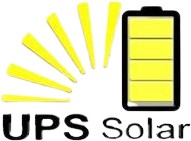The capabilities and scope of solar power have increased rapidly over the past decade or so. Signs are that this evolution will continue at a similarly dramatic speed as we head towards the second quarter of the 21st Century. Solar panel trends are informed by the growing need for alternative, renewable energy sources. Pressure on fossil fuels and traditional energy sources is increasing, which in turn is contributing to climate change and irrevocable damage to the planet’s ecosystems.
Solar power future trends
Switching to solar power is just one way in which homes and businesses can contribute to a more sustainable way of sourcing and using energy. The technology has benefited from numerous innovations, attention and funding from around the world. Here are six solar power future trends that we are expecting to see in the coming months and years ahead.
- Clever technological developments
Alongside advancements in photovoltaic panel efficiency, there are several other future solar panel trends around developments in technology. Thes include the increasing use of AI and internet connectivity to control and optimise solar panel performance. Other areas being researched include using nano materials, as well as fitting photovoltaic cells into roof tiles and walls and creating transparent panels to go in windows and skylights. All of these developments will offer architects innovative solutions to ‘hide’ solar panels more effectively and allow greater design flexibility.
- Increased domestic take-up
As alternative energy becomes more prevalent, and commonplace, it is likely that increasing numbers of domestic homes will invest in solar power. This is one of the solar panel future trends that is informed by increases in efficacy and cost. As the technology evolves, so the amount of energy that a single photovoltaic panel can produce will increase. More energy produced per panel will mean that fewer units will be needed to power the home and installation and maintenance costs will fall. It also goes without saying that increased efficiency will lead to greater demand – and higher demands for domestic solar energy storage solutions. Battery capacities are expected to increase, and with them, safety measures and charging solutions will improve.
- Increased commercial take-up
Additionally, greater emphasis on sustainable working methods and reducing carbon usage is informing many commercial mission statements, strategies and plans. This will lead to increased interest in solar technology and its many benefits, from the financial bottom line (saving energy costs) to the PR department (positive publicity). Solar power can represent a firm and very public commitment to green working practices for savvy business owners with an eye on solar panel future trends.
- Increased support from governments and policymakers
In addition, greater investment in larger-scale solar projects like solar farms by the utility companies are bringing renewable energy far more to policymakers’ attention. This is likely to attract government funding and partnership working to ensure that the development of these larger-scale solar panel future trends can benefit entire communities, towns or even, one day, countries. Solar power will also become more prominent in government policy making around feed-in tariffs, renewable energy targets and initiatives to encourage public uptake in renewable energy solutions.
- Sustainable living trends
Solar power, despite being a green energy solution in and of itself, could also become instrumental in driving other sustainable solutions in the fight against climate change. Some of the more intriguing solar panel future trends evolve around this concept. They include solar powered drones to monitor crops, survey land and record climate data. Solar panels could also power drones that deliver packages, thus reducing reliance on road vehicles for this type of logistics. Innovations in solar powered water treatment plants could also develop, helping to reduce the amount of carbon emissions and fossil fuels needed to purify water.
- Transport sector and infrastructure
Solar powered vehicles are an inevitable part of solar panel future trends. The drive for sustainable living is extending to our transport systems, with electric and hybrid vehicles now an established sight on the roads. Installing solar panels to power electric vehicle charging stations could be another direction to take. Solar panels can also be developed for caravans and motor homes for greener energy on the move. Other solar panel future trends around transportation could include solar powered roads that integrate panels that can power streetlights, traffic signals, advertising hoardings and electronic display boards, amongst other civic and transport infrastructure.


